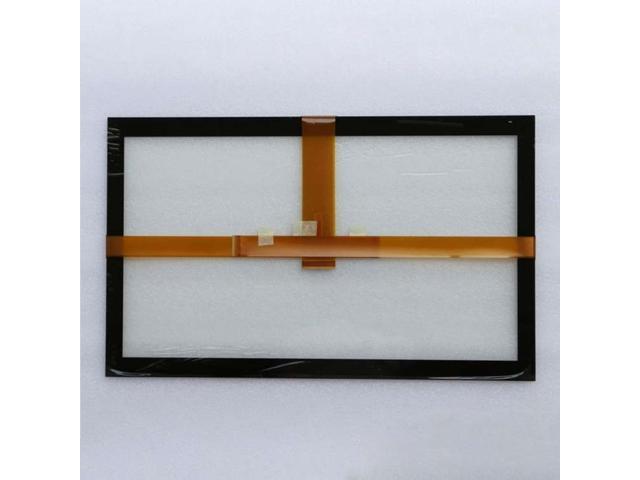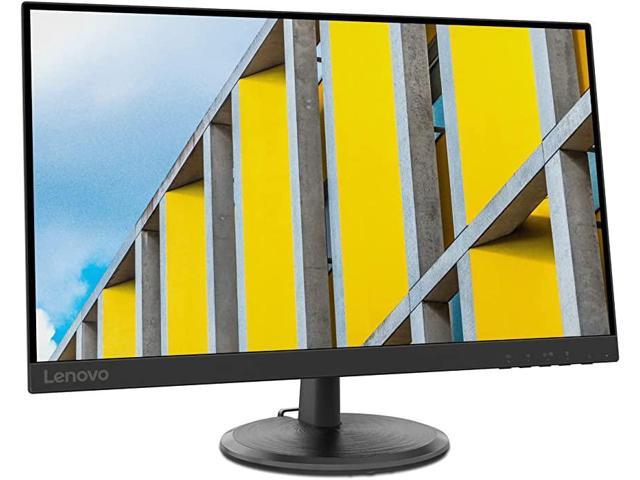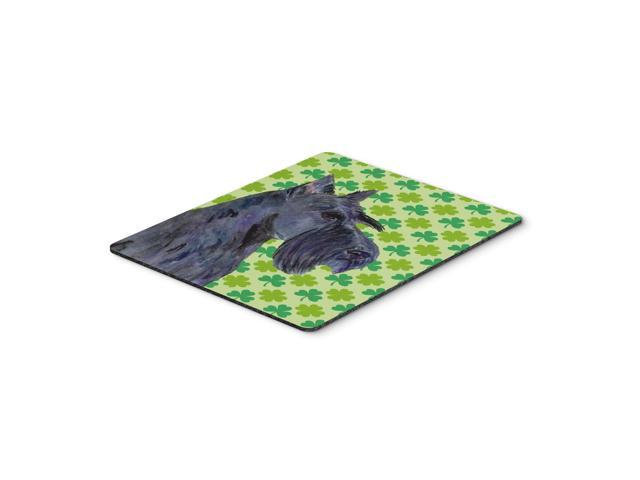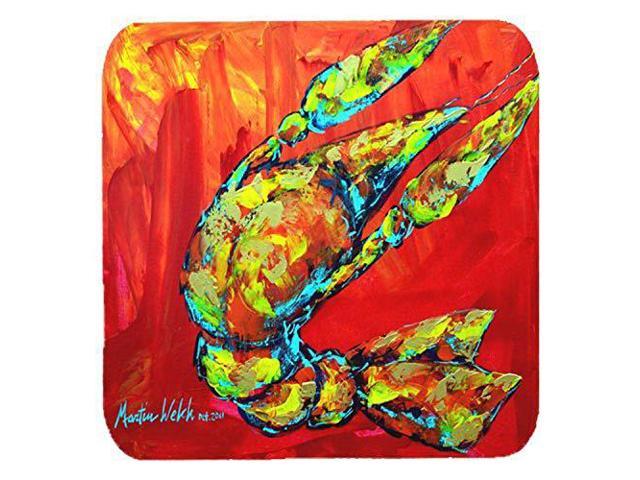Third party payments represent blank-form financial instruments that government employees use to pay for expenses when traditional payments are not feasible or possible. GAO surveyed government entities on their use of third party payments. Forty of the 86 entities that responded to GAO’s survey reported that they had used third party payment instruments at some time during fiscal years 1997 through 1999. Although the number of reported payment transactions declined 3.7 percent for these 40 entities during this period, the reported total dollar amount associated with these transactions rose 13.4 percent. On the basis of the transaction data reported, the average dollar value of each payment rose 17.6 percent. Among the 40 entities, the most common reasons cited for using third party payment instruments were (1) to pay for small purchases of supplies and services; (2) to pay contractors that either could not or would not accept government checks, electronic funds transfers, or credit card payments; (3) to make emergency payments; (4) to provide immediate reimbursement for out-of-pocket expenses; or (5) as an alternative to disbursing a cash advance. In response to questions about whether entities used internal controls, all 40 entities reported restricting the number of employees authorized to use third party payments and monitoring third party payment activities; slightly more than half said that the monitoring occurred at least annually.















